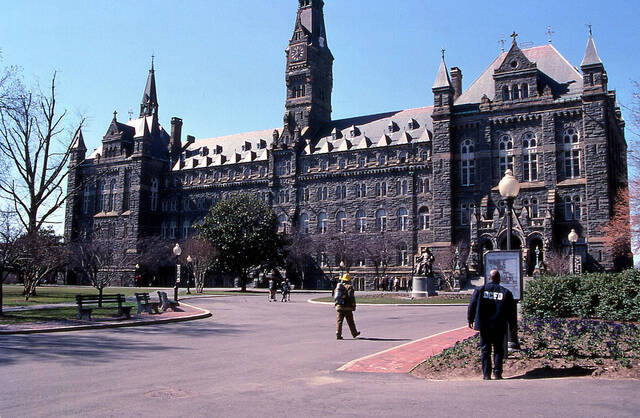The student protests at Georgetown University in early November looked like those at the University of Missouri. Both movements focused on issues of racism, called for action from university officials and had hashtags: #ConcernedStudent1950 and #BuiltOn272. But the students at the two schools were pointing to different issues and eras of historical memory: 1950 is the year the University of Missouri admitted its first black student; 272 is the number of enslaved persons sold to Louisiana plantations by Jesuits connected to Georgetown in 1838.
William McSherry and Thomas Mulledy, the Jesuits primarily responsible for the sale, were the first and second provincial superiors of the Maryland Jesuits and were also presidents of Georgetown. Until Nov. 14, buildings at Georgetown, including one whose construction debt was largely paid off by the sale they arranged, were named for the two men. Those buildings are now temporarily called Freedom Hall and Remembrance Hall. The names were changed after Georgetown’s current president, John DeGioia, bringing to an end a student sit-in outside his office, accepted the recommendation of a working group he had convened earlier this year. A choice of permanent names for the buildings is pending further consultation on campus.
Georgetown’s Working Group on Slavery, Memory and Reconciliation has plans for an ongoing set of events to help the community discuss how “to foster a creative response to this shameful part of our history.” As the broader conversation about race in U.S. society continues to unfold, this example reminds us that we ought to hope not just for the success of protests, or an end to them, but for energy for the ongoing work of reconciliation.








